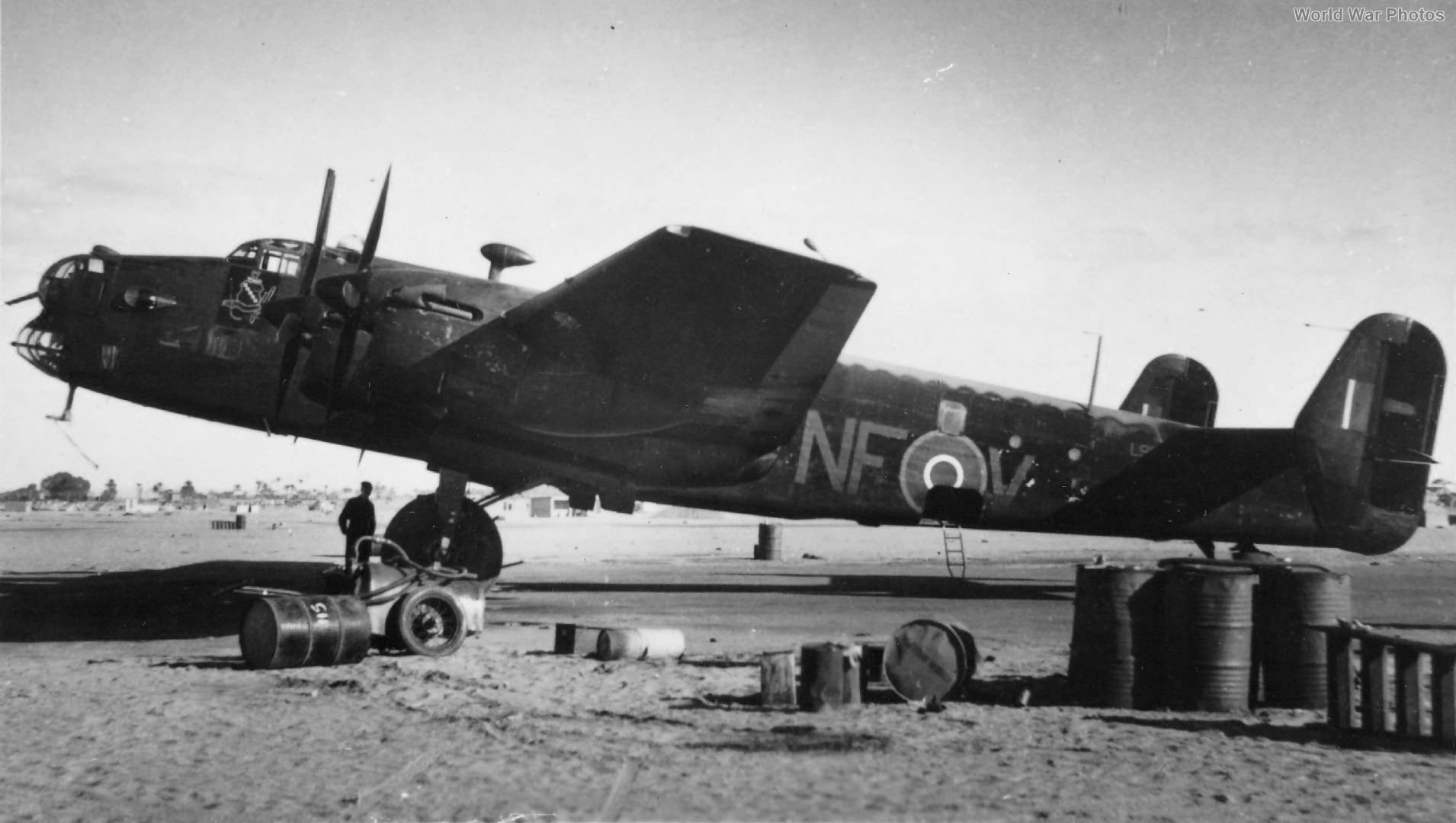Halifax’s Support of the SOE
The Halifax, primarily its Mk II and V variants, became a workhorse for the SOE, facilitating various clandestine operations behind enemy lines. The Halifax was specifically modified to support the SOE’s mission, with some key alterations including:
- Removal of armament and military equipment: To maximize payload capacity, the SOE stripped Halifaxes of unnecessary weight, including turrets, armor plating, and bomb-aiming equipment. This allowed for a larger number of agents, supplies, and equipment to be carried.
- Installation of a ventral hatch and parachute containers: To facilitate the airdropping of supplies, a ventral hatch was incorporated, allowing for the release of containers equipped with parachutes. This enabled the delivery of crucial resources, such as weapons, ammunition, and communication equipment, to resistance groups operating in enemy-occupied territory.
- Modified fuel systems for extended range: Recognizing the need for long-range operations, particularly to support resistance movements in Poland, the SOE experimented with enhancing the Halifax’s fuel capacity and range. This involved removing fuel jettison pipes (since landing weight restrictions were no longer a concern) and trialing various flame-damping exhaust shrouds to reduce drag.
These modifications allowed the Halifax to undertake a diverse range of SOE missions:
- Supplying Resistance Groups: The Halifax played a vital role in delivering much-needed supplies to various resistance groups across Europe, including the Polish Home Army. These supplies were essential in bolstering their capabilities to sabotage German infrastructure and disrupt their war effort.
- Transporting Agents: The Halifax’s spacious fuselage enabled it to transport SOE agents, often in reduced crews to maximize space, into enemy-occupied territories. These agents were trained in espionage, sabotage, and communication, and played a critical role in gathering intelligence and coordinating resistance activities.
- Low-level Operations: The Halifax, despite its size, was also utilized for low-level supply drops, particularly over France. These missions demanded precise flying and navigation skills, often requiring the aircraft to fly at low altitudes to evade enemy detection.
The Halifax’s contributions to the SOE were significant, but these missions were not without their risks. The long-range flights, often exceeding 2,000 miles, pushed the aircraft and their crews to their limits, demanding exceptional endurance and navigation skills. Enemy action, particularly from night fighters, posed a constant threat, and many Halifaxes and their crews were lost during these perilous missions. Nevertheless, the Halifax’s ability to transport substantial payloads over considerable distances made it an invaluable asset to the SOE, playing a critical role in supporting resistance movements and undermining the enemy’s war effort.
